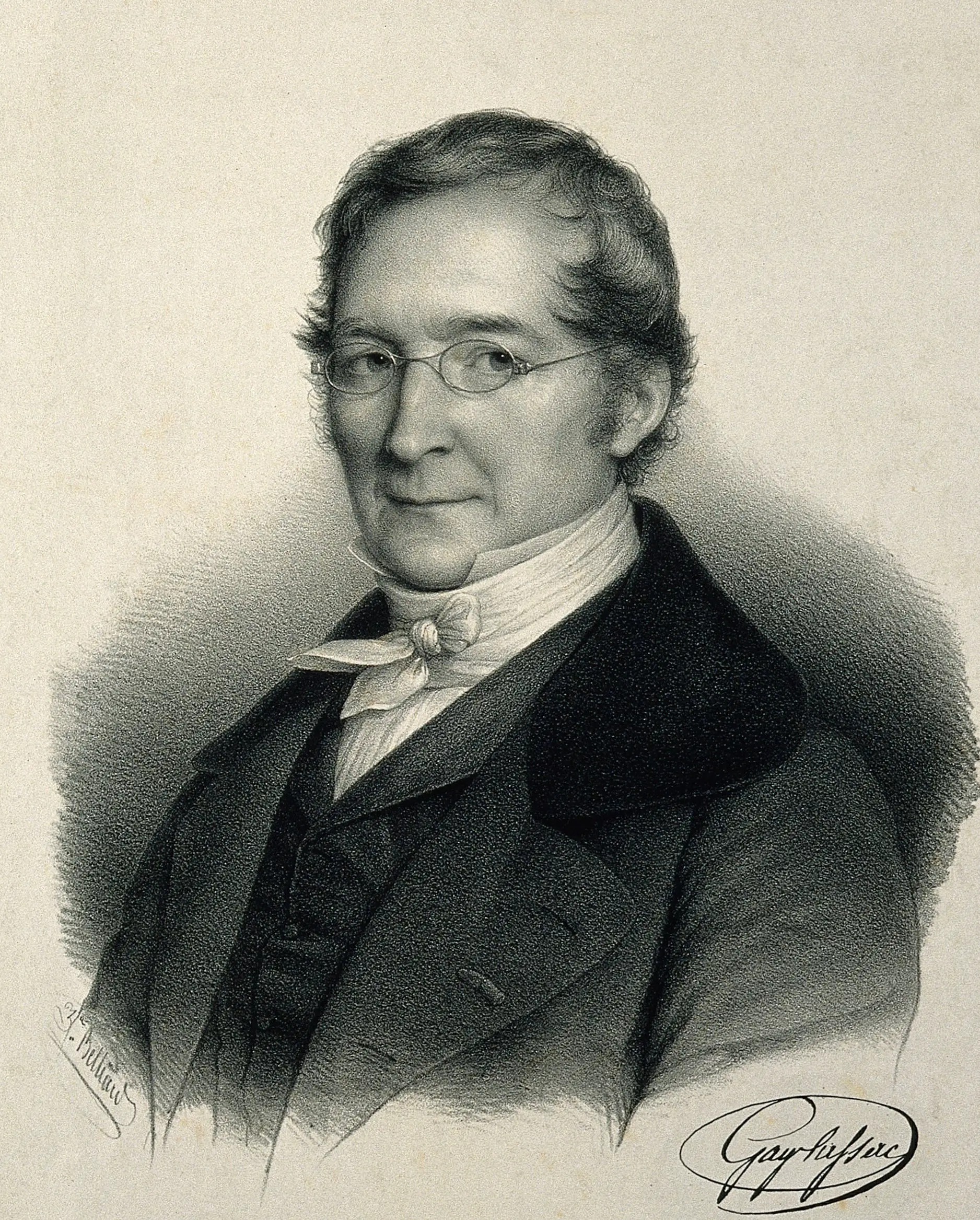
In the context of gas physics, Gay-Lussac's Law, also known as the law of Charles and Gay-Lussac or the law of volumes, plays an essential role. This law, formulated by the French scientist Joseph Louis Gay-Lussac at the beginning of the 19th century, establishes a fundamental relationship between the pressure and temperature of a gas at constant volume.
Gay-Lussac's law is one of the gas laws that relates the pressure of a gas to the temperature at constant volume. In its statement, this law establishes that the volume of a quantity of gas increases or decreases proportionally to its temperature if the volume remains constant (isochoric process).
Gay-Lussac law formula
The formula for Gay-Lussac's law that relates the pressure and temperature of a gas is:
P1 / T1 = P2 / T2
Where
- P1 is the initial pressure.
- P2 is the final pressure.
- T1 is the absolute initial temperature.
- T2 is the absolute final temperature.
This formula establishes that the relationship between the pressure and temperature of a gas, at constant volume, is a directly proportional relationship. In other words, if the temperature of a gas increases, its pressure also increases, and if the temperature decreases, the pressure of the gas decreases, as long as the volume of the gas remains constant.
Importance in gas thermodynamics
Gay-Lussac's law is of great importance in gas thermodynamics for several reasons:
- Ideal gas law : Gay-Lussac's law is one of the equations that are part of the general ideal gas equation, which relates the pressure, volume, amount of substance and temperature of a gas. The ideal gas equation is PV=nRT, where P is the pressure, V is the volume, n is the amount of substance, R is the gas constant and T is the temperature in kelvin.
- Compression and expansion processes : The Charles and Gay-Lussac law is fundamental to understanding how gases behave during compression and expansion processes, such as those that occur in internal combustion engines and refrigeration systems.
- Safety in industry : In industrial applications, it is crucial to ensure safety in systems that handle gases at different temperatures and pressures.
- Research and technological development : Scientists and engineers use this law in the research and development of technologies involving gases. From the design of nuclear reactors to the construction of propulsion systems.
History and context
 Joseph Louis Gay-Lussac, a distinguished French chemist and physicist, formulated his law in 1802 as part of his investigations into the behavior of gases.
Joseph Louis Gay-Lussac, a distinguished French chemist and physicist, formulated his law in 1802 as part of his investigations into the behavior of gases.
In this time period, scientists were deeply interested in understanding how gases behaved at different temperatures and pressures, as this information had significant applications in fields such as chemistry, engineering, and industry.
Before the formulation of Gay-Lussac's Law, other important laws governing the behavior of gases, such as Boyle-Mariotte's law and Charles's law, had already been established.
On the one hand, the Boyle-Mariotte Law establishes that, at constant temperature, the pressure of a gas is inversely proportional to its volume. On the other hand, Charles's law, on the other hand, states that, at constant pressure, the volume of a gas is directly proportional to its temperature in degrees Celsius (°C).
Gay-Lussac's contribution lies in his observation that the pressure and temperature of a gas were closely related, and this relationship would remain constant over a wide range of conditions.
Discoverer and name of the law
Before the formulation of this law it was discovered by Guillaume Amontons and Jaques Charles. The Italian physicist Alessandro Volta also carried out similar research in 1791 on the expansion of gases.
The law takes its name from the French physicist-chemist Joseph Louis Gay-Lussac because he was the one who formulated and announced it in 1802.
Sometimes the name Gay-Lussac is also used to refer to Charles's law that relates the volume and temperature of a gas at constant pressure. In fact, Louis Joseph Gay-Lussac announced Charles' law in 1802, while Jacques Charles had discovered it 15 years earlier, in 1787.
Charles's law states that the volume of a gas is directly proportional to its absolute temperature if the pressure is kept constant.
Physical explanation of the law
This relationship is explained by the fact that as the temperature of the gas increases, its molecules move faster, which implies an increase in kinetic energy.
By increasing the speed of these particles, the number of collisions with the walls of the container increases. As the temperature drops, the molecules slow down and reduce collisions with the walls.
To test this relationship, Gay-Lussac put gas in a closed container. He then placed a heat source under the container, heated the gas, and watched as the pressure against the walls of the container increased.
When the heat source was removed, the pressure exerted by the gas on the walls of the container began to decrease until it reached its initial state.